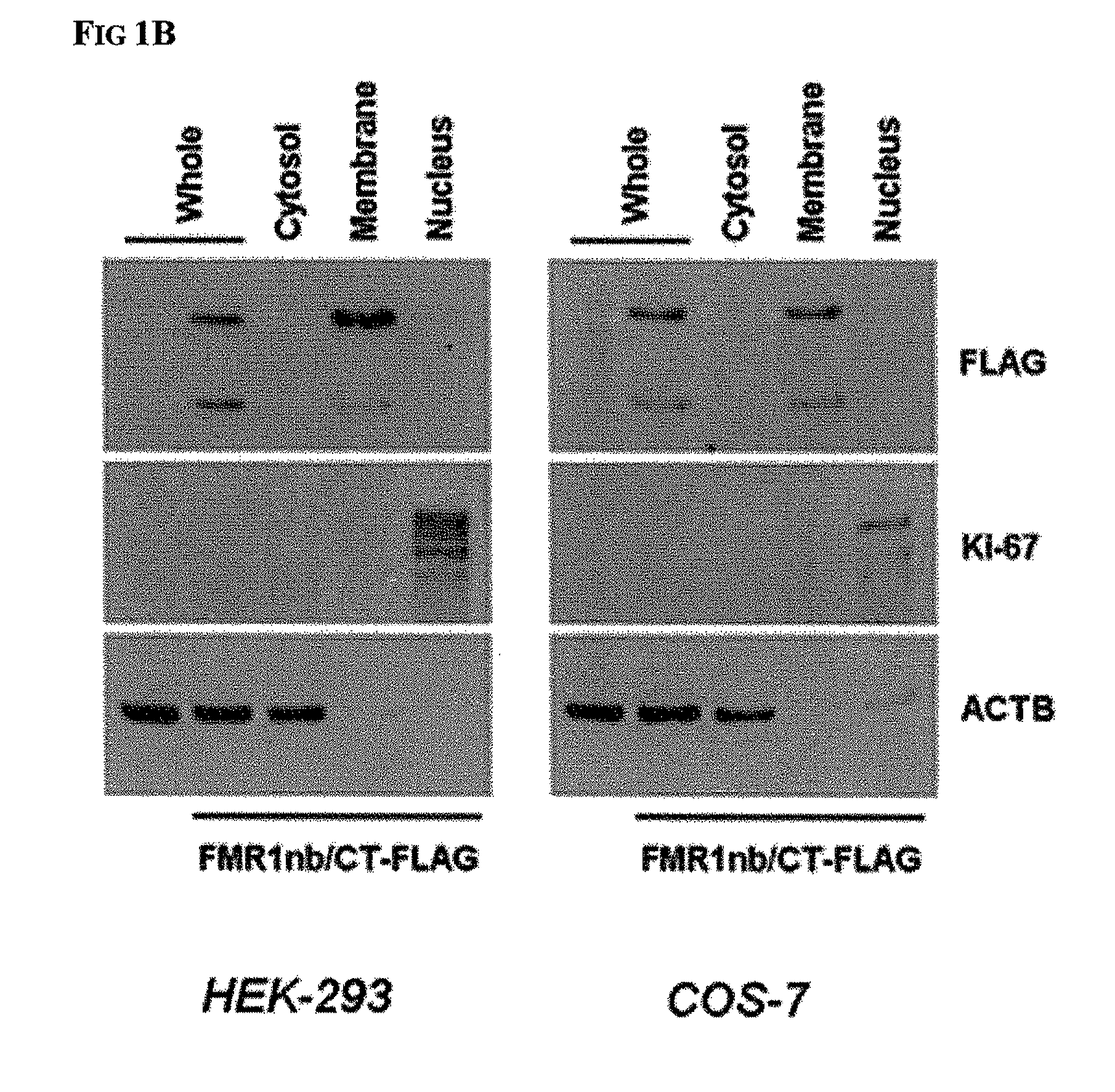Diagnosis and therapy of hematological malignancies
a hematological malignancy and diagnosis technology, applied in the direction of diagnosis, snake antigen ingredients, cancer antigen ingredients, etc., can solve the problems of aml inevitably leading to death, hampered development of targeted therapies employing this interesting group of genes, etc., and achieve the effect of diagnosing a hematological malignancy in a subj
- Summary
- Abstract
- Description
- Claims
- Application Information
AI Technical Summary
Benefits of technology
Problems solved by technology
Method used
Image
Examples
example 1
Peripheral Blood Samples and AML Cell Lines
[0067]Mononuclear cells (MNC) were isolated from PBL (peripheral blood leukocyte) samples by density gradient centrifugation and were washed twice with phosphate-buffered saline (PBS). MNC and cells from cell lines were lysed using RLT Buffer (Qiagen, Hilden, Germany) or protein lysis buffer containing Protease Inhibitor Cocktail (Sigma-Aldrich, St. Louis, Mo., USA) and were stored at −80° C. until needed. For localization experiments, subcellular fractions were obtained from whole cell samples using the Qiagen Cell Compartment kit according to the provided manual. Cell lines were obtained from DSMZ (Braunschweig, Germany) and were maintained in RPMI 1640 with 10% fetal calf serum (FCS).
[0068]Quantitative Reverse Transcription PCR (RT-PCR)
[0069]Extraction of total RNA and reverse transcription from AML cell lines and PBL samples were performed using the RNeasy Mini Kit (Qiagen, Hilden, Germany) and AMY reverse transcriptase (Promega, Madiso...
PUM
| Property | Measurement | Unit |
|---|---|---|
| molecular weight | aaaaa | aaaaa |
| molecular weight | aaaaa | aaaaa |
| volume | aaaaa | aaaaa |
Abstract
Description
Claims
Application Information
 Login to View More
Login to View More - R&D
- Intellectual Property
- Life Sciences
- Materials
- Tech Scout
- Unparalleled Data Quality
- Higher Quality Content
- 60% Fewer Hallucinations
Browse by: Latest US Patents, China's latest patents, Technical Efficacy Thesaurus, Application Domain, Technology Topic, Popular Technical Reports.
© 2025 PatSnap. All rights reserved.Legal|Privacy policy|Modern Slavery Act Transparency Statement|Sitemap|About US| Contact US: help@patsnap.com



